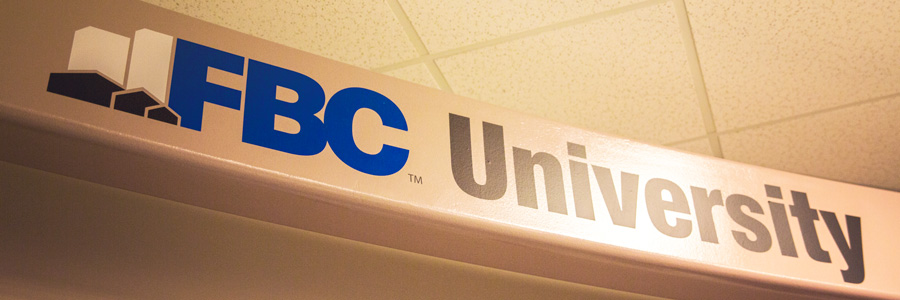Piping System Compatibility: What You Need to Know
In all areas of a building project, specifiers, engineers, and contractors need to pay attention to compatibility — how will one material react to another. For example, new types of treated wood containing copper will cause some types of metal fasteners to corrode. Some siding materials can’t be installed against concrete because of moisture absorption. And the list continues.
The same is true for piping systems. With metal piping, contact between dissimilar metals can cause galvanic corrosion. Corzan® Piping Systems are immune to corrosion, pitting, and scaling, but installers still need to be thinking about how CPVC may react to ancillary construction products that touch the pipe, such as adhesives, gaskets, labels, cleaners, and freeze protection.
Amorphous polymers like CPVC derive their strength from the fact that they are long chain-like molecules tangled together. A failure of the plastic occurs when enough chains break or become disentangled that a breach develops in the solid polymer. This breakage and/or disentanglement can be caused by strong mechanical stresses (e.g., impact damage), strong chemical effects (e.g., solvation or plasticization), or, frequently, some combination of moderate levels of both. (For more details on the science behind the causes of molecular disentanglement, download our white paper here.)
Seldom can one completely predict all the mechanical variables and all the different kinds of chemical substances that will end up inside or on the exterior of a piping system. Therefore, it’s prudent for the piping system designer and installer to do what they can to control the various factors that can contribute to environmental stress cracking.
When choosing ancillary products that are intended to be in direct contact with the piping system, such as thread sealants, firestopping materials, pipe insulation, etc., select products that have demonstrated little or no effect on the piping material. Check with the manufacturer of such products to obtain confirmation that the products can be used with CPVC.

To ease the burden associated with researching and selecting accompanying construction products, Lubrizol developed the FBC™ System Compatible Program. This resource is made available to manufacturers of ancillary products to assist in determining their product’s chemical compatibility with FlowGuard pipe and fittings, BlazeMaster fire sprinkler systems, Corzan industrial systems, and products made with TempRite Technology.
To qualify for inclusion in the FBC System Compatible Program, the manufacturer of auxiliary construction products must agree to:
1. Submit their products for testing by a third-party lab
2. Not alter the tested formulation
3. Have their manufacturing facility audited annually by the third-party lab
While consulting directly with the manufacturer of the ancillary products is always a good practice, the FBC System Compatible Program assists in the effort to eliminate guesswork associated with identifying chemical compatibility. Products accepted into the program are given the right to display this FBC System Compatible mark on their labels. Once this mark has been applied, it demonstrates the ancillary product manufacturer’s commitment not to make changes to the formulation of the product without advance written notice and retesting.
(It is important to note, however, that not all CPVC products are identical. The FBC System Compatible Program can only help determine chemical compatibility with the aforementioned Lubrizol brands.)
To access a list of FBC System Compatible products, review incompatible products, and review other chemical compatibility topics, visit www.systemcompatible.com. Lubrizol also offers an FBC System Compatible app, available for both iPhones and Androids.

